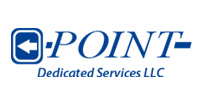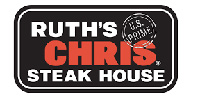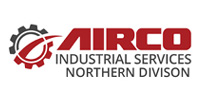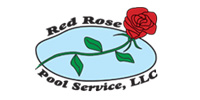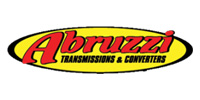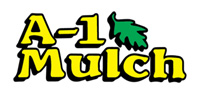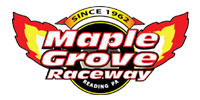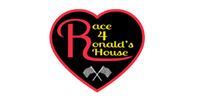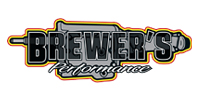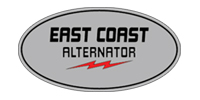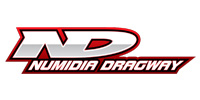Some time in the short history of the internet a fallacy akin the the famous line from the movie Field of Dreams, “if you build it they will come” has captured the minds of would be entrepreneurs looking to find fortune online. I’m not sure how this all began, perhaps deep rooted in Bill Gates website building Front Page software, with it’s promise that anyone can build a website and get online to show off your prized pure bred bull dog or your new born octuplets. Yes, it’s true! Anyone can manage to cobble together a web page for the world to see, but is it really presentable to anyone beyond close friends and family? Could it actually inspire an unknown visitor with the sense of trust required to purchase something from the site? Even compel them to pickup the phone to make an inquiry?
Building a professional website with a positive ROI requires both education & experience in the art and science of web design. Building a profitable website requires not just the artistic talent to layout a page. The technical competence to code it correctly. A successful website, requires experience with Internet marketing, search engine optimization, Pay Per Click campaigns, website traffic analysis, conversion tracking and last but not least multivariate A/B split testing to determine the best conversion methods.
Websites have only seconds to make an impression on first time visitors. Entice them to read copy. Visit an internal page of the website and allow you to convince them that you have the goods and services they want and need.
Think about it, you make a search on Google for anything. Scan the results, you select a site and click through. If the website doesn’t load quickly, easily and immediately answer the question your searching for or clearly offer the product or service you need… How quickly do you click the back button on your browser and continue down the search results? If you visit a site and it’s appearance is not of the highest professional standard and looks dated, do you give it an opportunity or do you click back?

Consider capturing market share on the internet in three steps:
1. Post a professionally designed website to the internet that represents you, your products or services.
2. Search engine optimize the pages of your website so that they are properly interpreted by and ranked for the search terms related to your target market. This requires keyword research and a comprehensive tuning of all the primary pages of your website. Depending on the competition level in your market you may also need to increase the link popularity of your site in order for it to achieve high enough rankings to garner search engine referrals.
3. Optimize the websites ability to convert visitors into, sales, contacts or whatever your websites objective may be. Conversion optimization is accomplished using website traffic analysis, conversion tracking and multivariate A/B split testing to determine the best conversion methods for your visitors and market. Tests can be run for a multitude of variables from the color of a web page, to free offers in order to determine what set of variables works best for the conversion of more visitors into contacts and actual clients.




